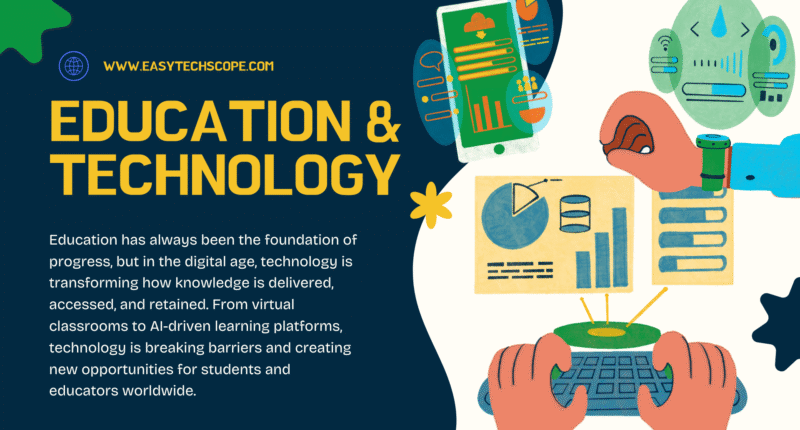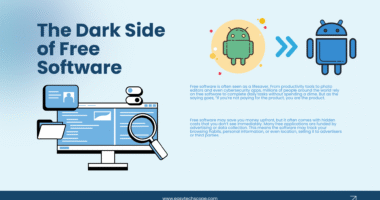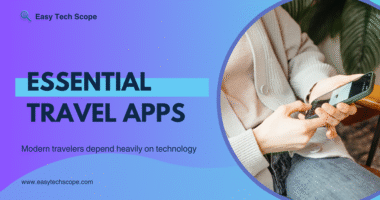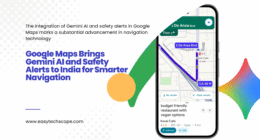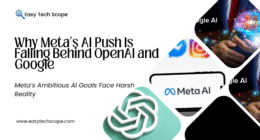Education has always been the foundation of progress, but in the digital age, technology is transforming how knowledge is delivered, accessed, and retained. From virtual classrooms to AI-driven learning platforms, technology is breaking barriers and creating new opportunities for students and educators worldwide. Let’s explore how technology can improve education in 2025 and the years ahead.
1. Enhancing Learning Through Digital Classrooms
Virtual and Hybrid Learning Models
Technology enables students to attend classes from anywhere, thanks to online platforms and video conferencing tools. Hybrid learning—where traditional classrooms blend with online resources—offers flexibility and inclusivity, ensuring that no student is left behind.
Interactive Content for Better Engagement
Digital textbooks, 3D models, and interactive quizzes help students grasp concepts more effectively than static, one-dimensional materials. This hands-on approach boosts engagement and long-term retention.
2. Personalized Learning with Artificial Intelligence
AI-Powered Learning Platforms
Artificial Intelligence is revolutionizing education by analyzing student performance and tailoring lessons to individual needs. AI tutors and adaptive systems can identify weak areas and provide custom recommendations for improvement.
Real-Time Feedback for Students
Instead of waiting for test results, students now receive instant feedback through AI-driven grading systems. This allows quicker corrections and a smoother learning journey.
3. Bridging the Gap with Global Connectivity
Equal Access to Knowledge
With e-learning platforms and cloud-based resources, students in remote areas can now access the same quality of education as those in major cities. Technology bridges geographical and social gaps, making education more inclusive.
Collaboration Beyond Borders
Students can work on projects with peers across the world using collaboration tools like virtual whiteboards, shared documents, and video chat. This global exposure prepares them for international careers.
4. Gamification and Immersive Learning Experiences
Learning Through Play
Gamification introduces game-like elements—points, rewards, and challenges—into education. This makes learning fun, motivating students to stay engaged.
AR and VR in Classrooms
Augmented Reality (AR) and Virtual Reality (VR) take education to the next level. Imagine exploring ancient civilizations in VR or conducting science experiments safely in a virtual lab—technology makes it possible.
5. Preparing Students for the Future
Digital Skills for Tomorrow’s Careers
Technology in education equips students with essential digital skills such as coding, data analysis, and digital communication. These skills are crucial in today’s job market.
Lifelong Learning Opportunities
Online courses, e-learning apps, and micro-credentials allow professionals to continue learning throughout their careers, staying relevant in a rapidly evolving workforce.
Conclusion: The Future of Education is Digital
So, how can technology improve education? By making it more accessible, personalized, and engaging. From AI tutors to immersive VR classrooms, technology empowers students and teachers alike. The future of education lies in innovation—and the possibilities are endless.
